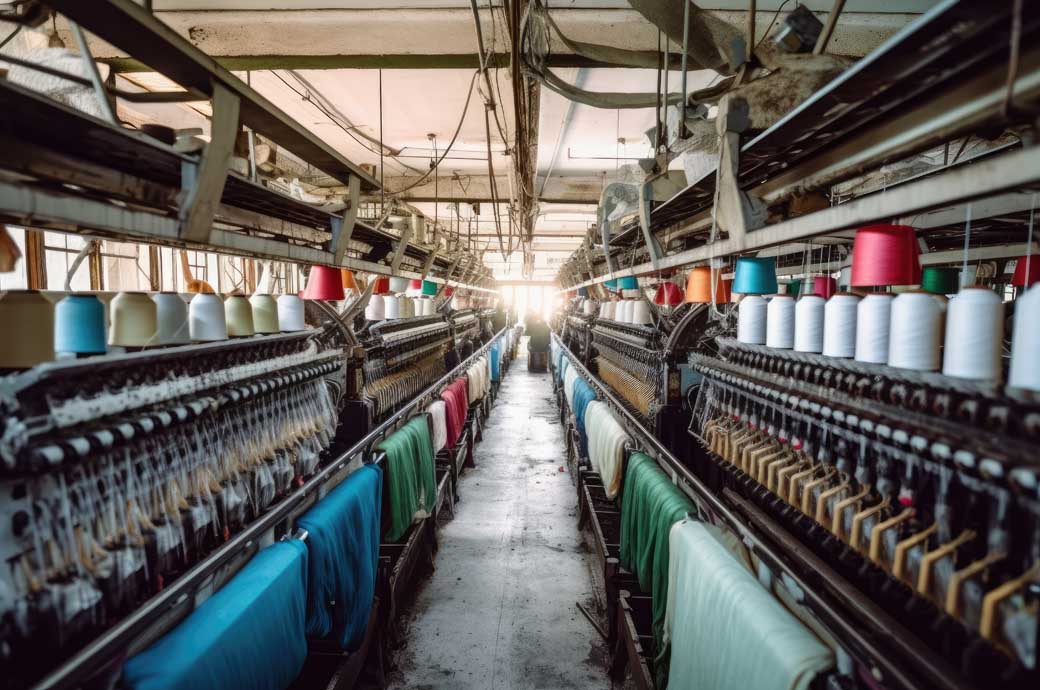
Manufacturing output rose by 0.2 per cent in the month, but was 1 per cent below its year-earlier level.
At 102 per cent of its 2017 average, total industrial production in the month was 0.9 per cent below its year-earlier level.
Capacity utilisation stepped down to 76.8 per cent in the month, a rate that is 2.9 percentage points below its long-run (1972–2023) average.
The output of consumer goods was unchanged; the index for durable consumer goods rose, supported by gains in the output of appliances, furniture, and carpeting (3.4 per cent).
The index for materials decreased by 0.3 per cent, as a 1-per cent decline in the output of energy materials more than offset a 0.2-per cent gain in the output of non-energy materials, a Fed release said.
In November, the durable manufacturing index gained 0.7 per cent due to broad-based increases among durable categories.
The non-durable manufacturing index declined by 0.3 per cent in November, led by decreases in the output of apparel and leather (2.1 per cent), petroleum and coal products (1.6 per cent), and paper (1.3 per cent).
Capacity utilisation for manufacturing inched up by 0.1 percentage point in November to 76 per cent, a rate that is 2.3 percentage points below its long-run average.
ALCHEMPro News Desk (DS)
Receive daily prices and market insights straight to your inbox. Subscribe to AlchemPro Weekly!